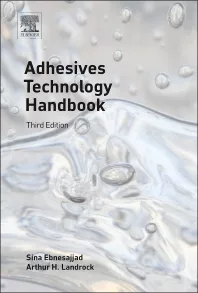5 Tips for Selecting an Industrial Sealant

Hot-melt
headlamp application.
With so many products to choose from, selecting the proper sealant is crucial. Choosing the wrong industrial sealant, or applying the correct sealant in the wrong manner, can have serious consequences. With the eventual application of your sealant in mind, users should make sure that it has the following characteristics.

Hot-melt
automated assembly.
1. Stability Over a Wide Temperature Range
Once fully cured, high-quality sealants perform across a range of temperatures. The best sealants can withstand temperatures ranging -85° to 599°F (-65° to 315°C). Select a sealant that functions reliably at temperatures outside its performance range to accommodate unexpected temperature changes.2. Weather Resistance and Chemical Stability
UV rays, radiation and weather can cause low-quality sealants to crack, crumble and become brittle, compromising the seal over time. Look for sealants with good resistance to these and other erosive factors. Also, some organic sealants react to atmospheric pollutants or chemicals much the same way iron reacts with water to produce rust. Use a sealant that does not readily degrade after prolonged contact with common elements and industrial chemicals.
Dow
Corning®
HM-2500 Hot-Melt Sealant
3. Good Bond Strength
Good industrial assembly sealants provide durable adhesion to a variety of industrial materials, including glass, ceramics, wood masonry and many metals and plastics. A variety of factors contribute to the bond strength of individual sealants, including chemical composition, cure type and substrate penetration.4. Electrical Properties
If electrical properties are a concern, be aware that some organic sealants are less suited to applications where they may be exposed to electricity; in such instances, a high-quality silicone sealant may be a better option.5. Low Flammability
In fire conditions, some sealants are more burn resistant than others. Silicone sealants, in particular, are especially reluctant to burn, and many comply with UL flammability standards.Most importantly, make sure you select a sealant that can perform at the highest temperature you require but also offers a secure and flexible hold at lower temperatures. When in doubt, consult with a qualified expert.
Looking for a reprint of this article?
From high-res PDFs to custom plaques, order your copy today!




